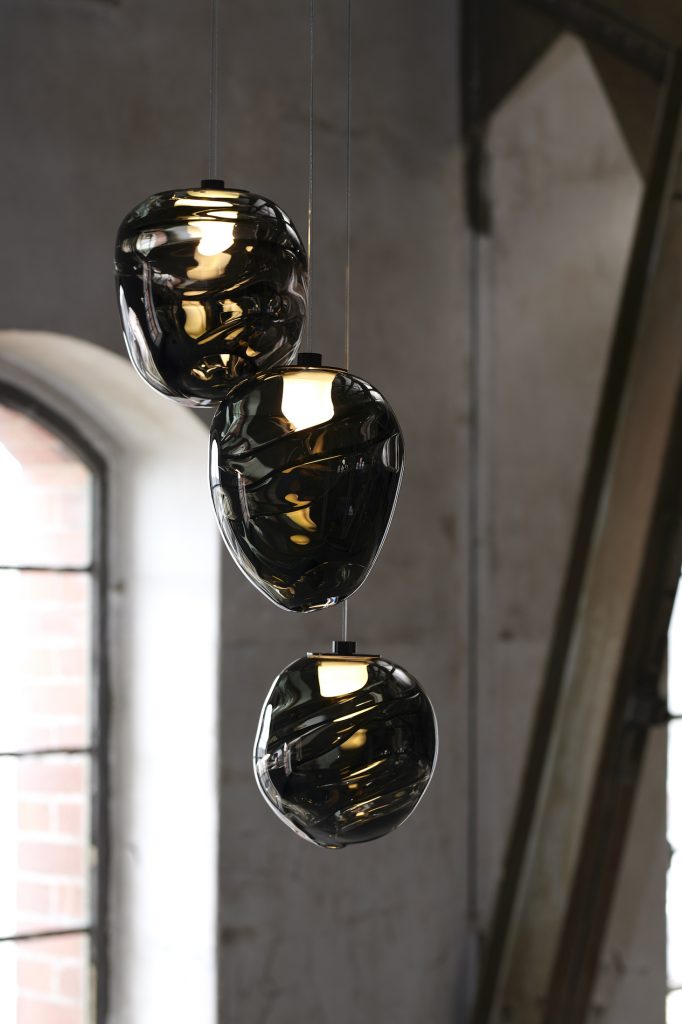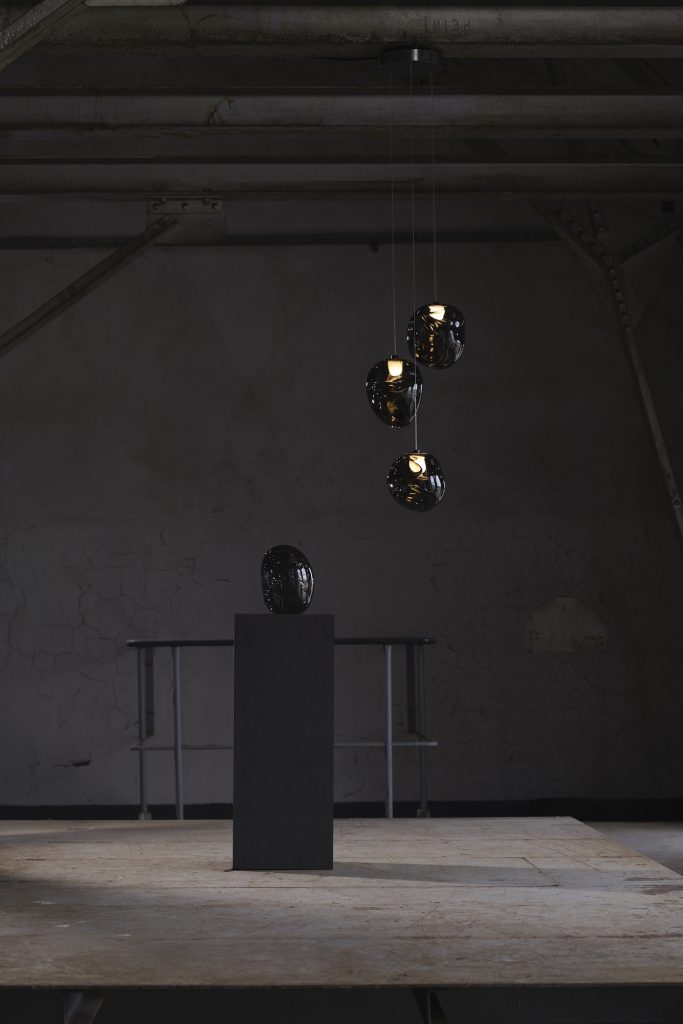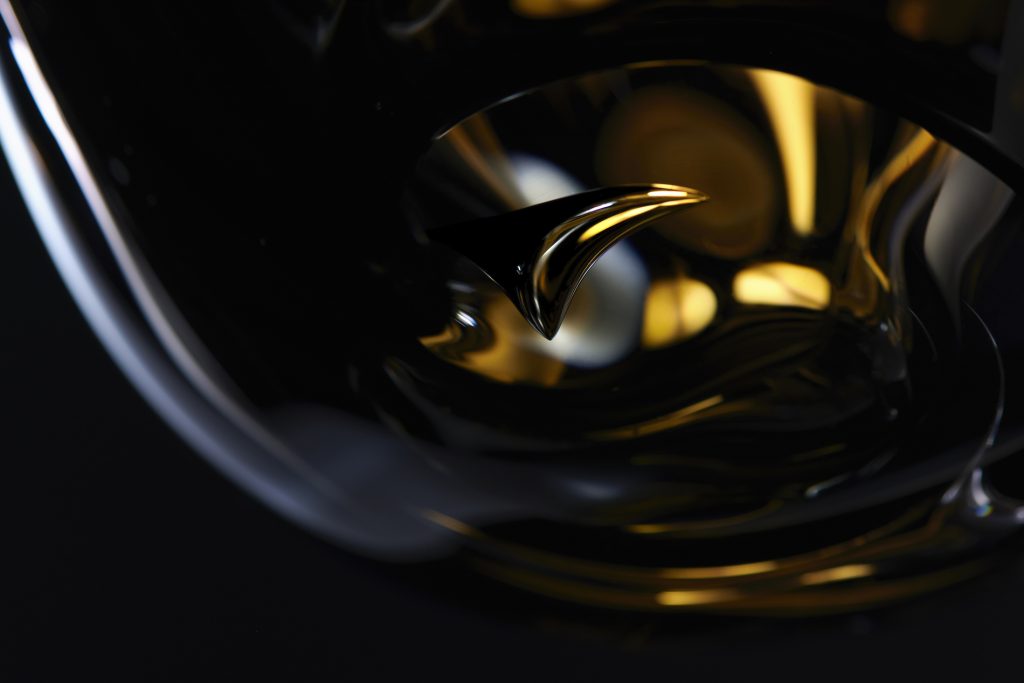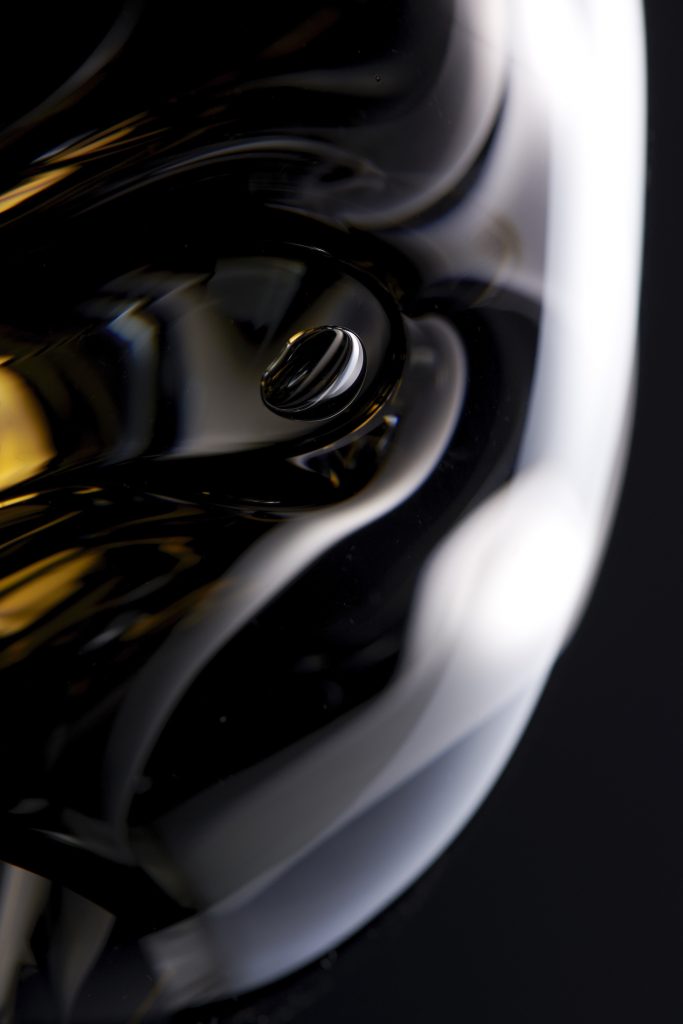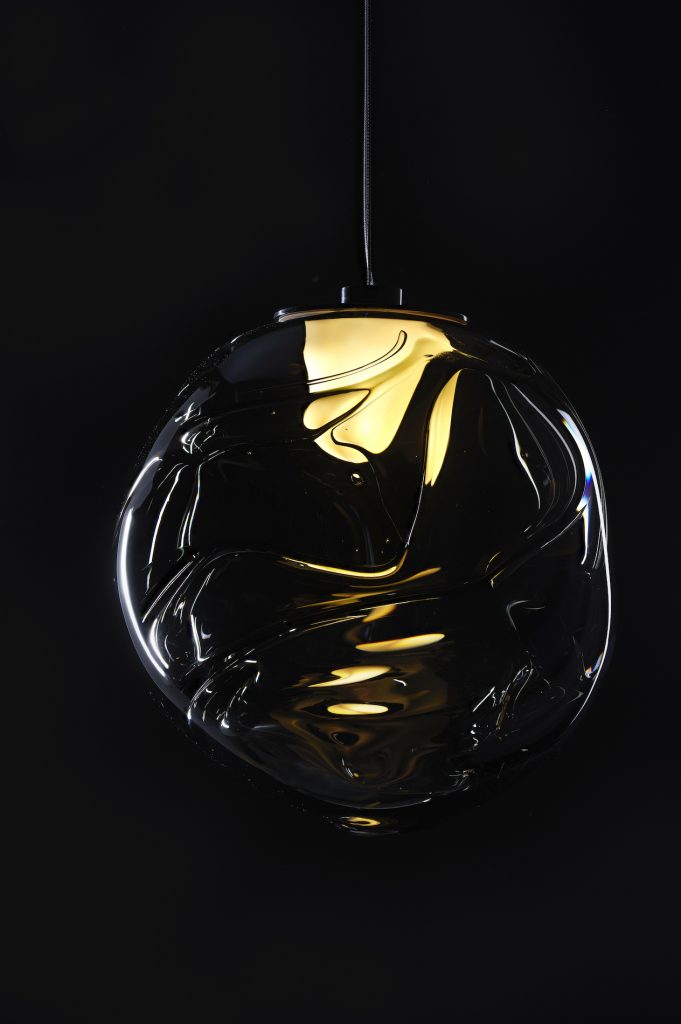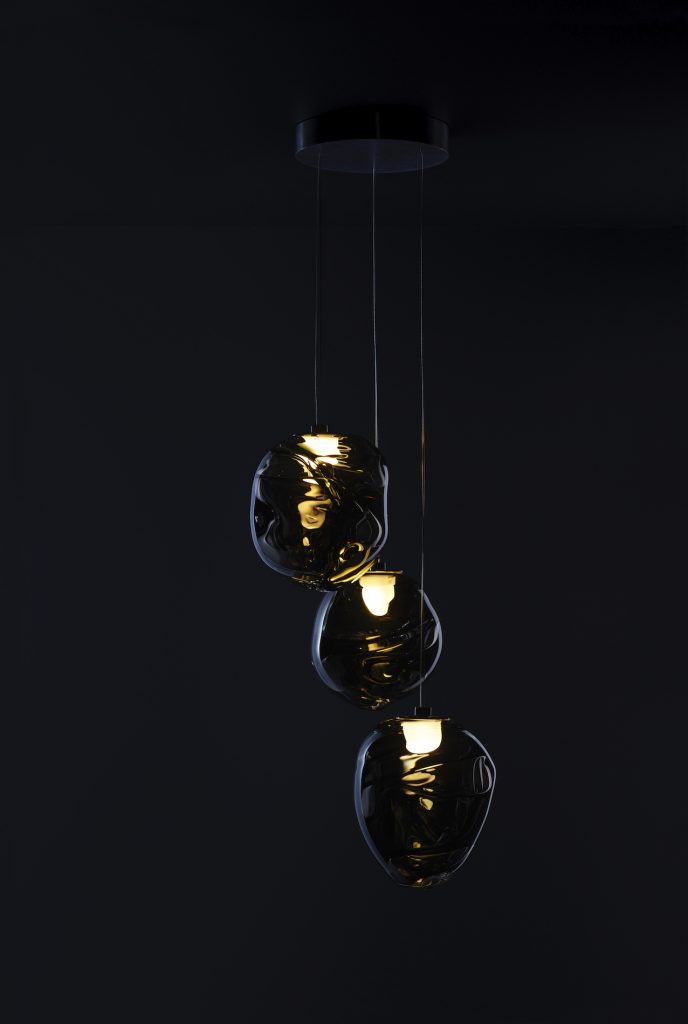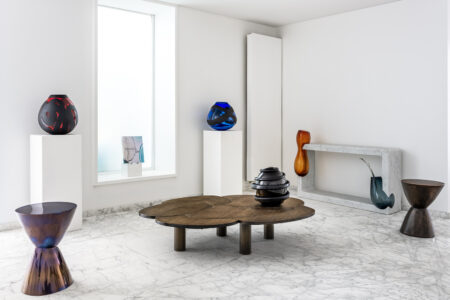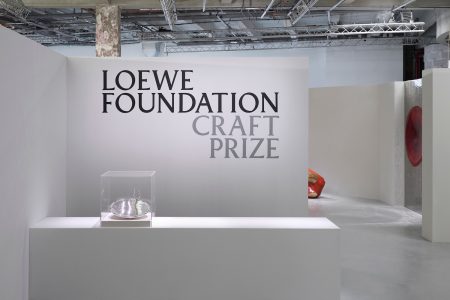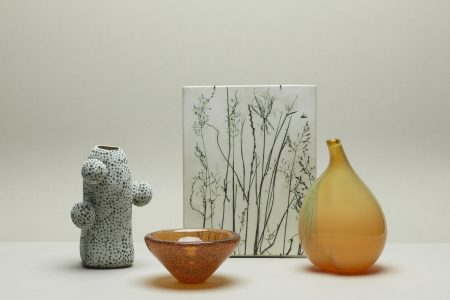Philip Weber: Redefining Glass Making With ANALOG
Berlin Art Glass debuted their new lighting brand ANALOG in Alcova Sassetti last Milan Design Week. The first series of this brand is called On Movement and Material and is created in collaboration with Philip Weber, the new Artistic Director of this cultural institution. He took the time to sit down with TLmag and talk about the lighting brand and his new position.
Berlin Art Glass debuted their new lighting brand ANALOG in Alcova Sassetti last Milan Design Week. The first series of this brand is called On Movement and Material and is created in collaboration with Philip Weber, the new Artistic Director of this cultural institution. He took the time to sit down with TLmag and talk about the lighting brand and his new position.
TLmag: Could you elaborate a little bit on what is explored in On Movement and Material?
Philip Weber: This exhibition is the first of the lighting brand ANALOG, where we explore how the human body and glass -an amorphous substance- influence each other. In this specific series, I asked the glass blowers of Berlin Art Glass to create this dance in the objects where the glassblower reacts to the movement of the glass and vica versa. The thing is glass blowers already at the process in this way. I just wanted to exaggerate and celebrate this, so that viewers of the objects can see this relationship as well.
Could you talk some more on the direction of this lighting brand ANALOG?
Unlike the name suggests, ANALOG does not refer to a complete focus on the pure relationship between the material and human. As a matter of fact, I think there is much we can learn from digitalization. No, the series looks into contemporary lighting that also intersects creative craft with new technologies. By doing so, the series redefines human interaction with materials.
Congratulations on your new position as Artistic Director of Berlin Art Glass! What are your plans?
Thank you! Berlin Art Glass is such a warm place with
a thriving community. It has a distinct altruistic aspect. It’s a center for glass blowing and it’s education and promotion. The plan we have now is to focus on ANALOG. We want to explore possibilities in research.
Where do you see future glassmakers? What is necessary to explore more?
I think something that is really important for each glassblower is to redefine its practice. And to do that constantly, since we live in a time where everything is evolving at a fast pace. That is important, and different, for every glassblower.
This article was published previously in Glass is Tomorrow.
